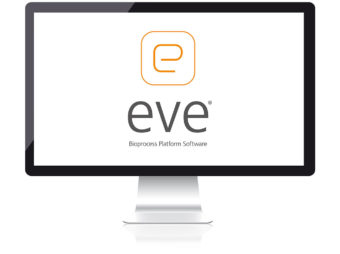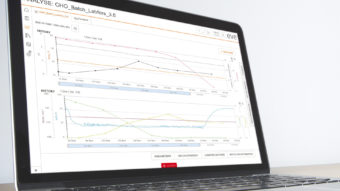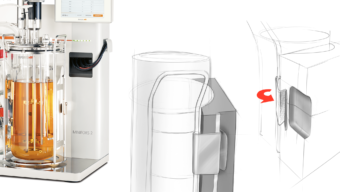Having a choice is good. However, deciding between two alternatives can be a challenge when purchasing bioprocess software. One of the biggest dilemmas you will be faced with is the traditional perpetual license vs the increasingly popular subscription basis. This article will review both options and help you to decide which is right for you.

1. The Perpetual License
This is the traditional way in which software has been sold, consisting of hardware containing the current version of a software package at the time. In recent times, a download from a website has replaced the need for physical media. The software is installed, registered and remains the property of the user. In the days when hardware and the operating systems did not change much over several years, perpetual licenses were a wise choice. However, without the ability for additional regular updates and a support package, there is a drift towards obsolescence and insecurity.
Pros of a Perpetual License
- You own the license
- Lower re-occurring costs
- The cost will be accounted for as a capital expenditure (CAPEX)
Cons of a Perpetual License
- The upfront costs are higher (compared with a subscription service)
- An additional maintenance contract must be added to keep the software up to date. As operating systems are now updated frequently – older software will soon be rendered obsolete.
- Costly upgrades to the latest versions
- Inadequate protection against evolving security threats
- Separate capital expenditures for every new laboratory device, bioprocess equipment or driver added
- Qualification of older software may be problematic for validated processes in Biotechnology
2. The Subscription Model
You know subscription models from music streaming services like Apple Music or Sportify. A subscription is based on a server in the cloud providing access to the software to users who pay a subscription to link to it. A subscription model for software includes packaging the software and support into a cloud-based service provided for a lower annual fee than outright purchase. The software is downloaded and installed locally but will cease to be fully operational if the subscription is not renewed. It has become the preferred way of software purchasing.
Pros of a Subscription model
- Upfront costs are lower
- Latest versions (features and bug fixes) are always available
- It will scale more easily, as expansion can be handled by increasing the operating cost
- Annual renewals may not be subject to restrictions placed on capital items
- Flexibility upon renewal
- Additional laboratory, analytical equipment and new processes may all need upgrade of the software, which is simpler with a subscription model
Cons of a Subscription model
- You own the license for limited time
- Even though the overall costs might be comparable to those of a perpetual model, the license costs are higher after a few years
Summary
The choice between a perpetual license and a subscription service for your bioprocess software will be a based on your individual needs and preferences.
The final choice will be based on the purchasing policies within your company. When you decide to invest into a bioprocess software, take into consideration:
- Is there capital budget available, but not for an operational budget?
- Is it easier to get money from existing operational budgets than for capital items?
- Is the cost of software less in the financial year of purchase?
- Is it more beneficial to purchase a licence which includes both software and support?
Consider the pros and cons listed above to help make your choice easier. Always check what is and is not included for each model, this way you can make like for like comparisons.



